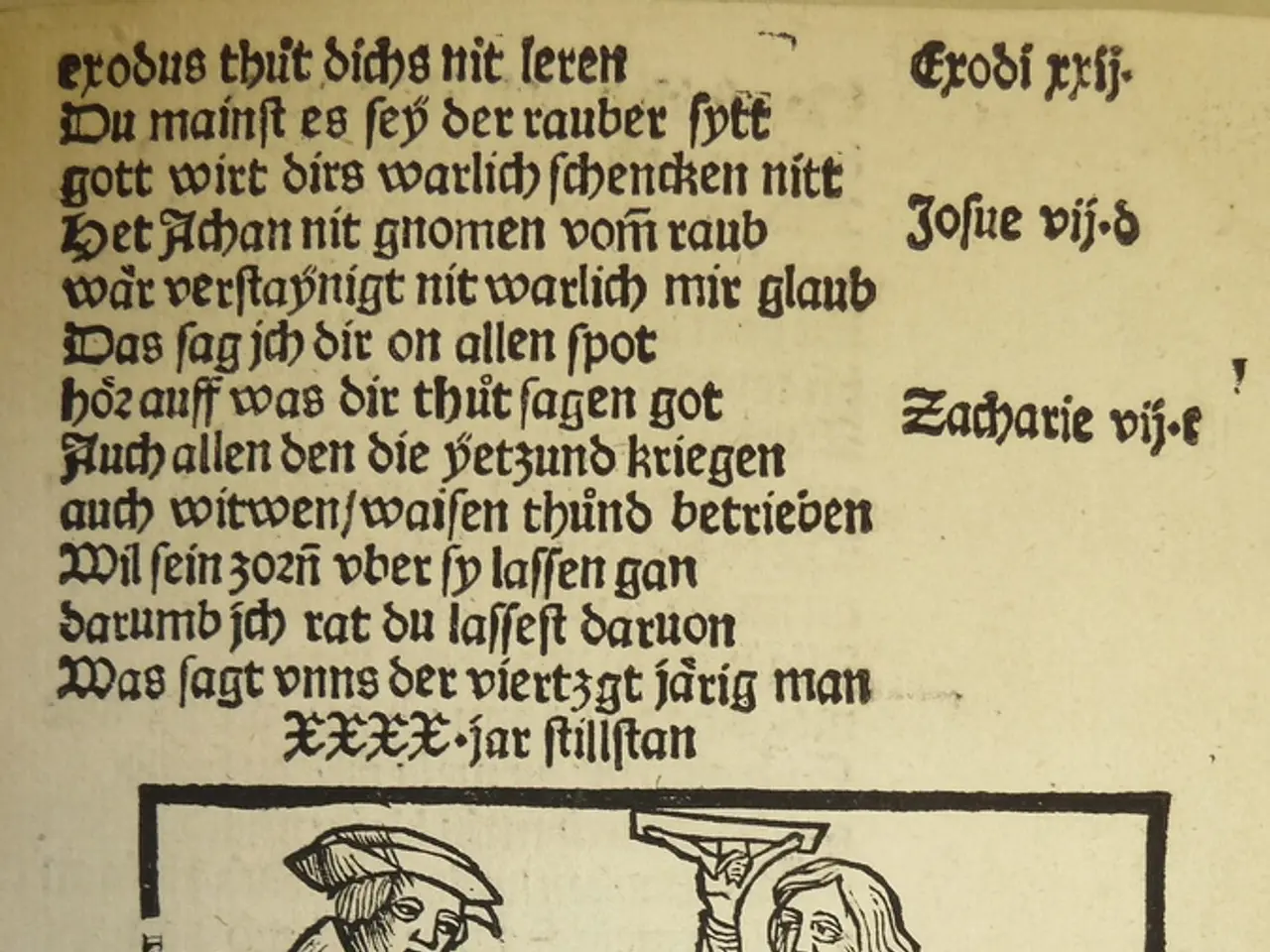Key Distinctions Between IB Math AA HL Paper 1 and Paper 3 for Adept Students to Recall
Preparing for IB Math AA HL: Mastering Paper 1 and Paper 3
The International Baccalaureate (IB) Mathematics: Analysis and Approaches (AA) Higher Level (HL) course is a crucial part of the IB Diploma Programme. This course consists of three papers: Paper 1, Paper 2, and Paper 3, each with its unique focus and requirements.
Paper 1: Foundational Skills and Procedural Fluency
Paper 1 is a non-calculator exam that tests a broad range of standard topics such as algebra, sequences, and functions, with a focus on procedural fluency and foundational problem-solving. The exam lasts for 2 hours and includes both short-answer and extended-response questions that span the entire HL core syllabus.
Key challenges in Paper 1 include performing complex algebra without mistakes under time pressure, managing exam anxiety due to lack of a calculator, and remembering standard forms and identities. To excel in Paper 1, students should focus on daily practice, especially mental math and algebra, and step-by-step problem-solving for clarity in written solutions.
Paper 3: Complex Reasoning and HL Option Topics
Paper 3 is exclusive to Higher Level students and lasts about 1 hour 30 minutes. It focuses on complex reasoning, HL option topics, advanced problem-solving, and application of concepts in new or unfamiliar settings. Common student challenges in Paper 3 include understanding abstract or extended applications, inquiry-based reasoning, interpretation of data or diagrams, integrating multiple math concepts in a single problem, and using graphing calculators to test, model, or verify results.
To tackle Paper 3 effectively, students should dedicate at least 20-25% of their total study time to this paper, especially closer to exams. Collaborating in study groups to discuss reasoning and assumptions can also be beneficial. It's essential to understand the formula sheet provided and to show all solution steps clearly to earn method marks.
The Differences Between Paper 1 and Paper 3
The presence or absence of calculators dramatically influences the way students approach these exams. While Paper 1 does not allow calculators, Paper 3 does, with IB-approved graphic display calculators (GDCs), such as the TI-84 Plus or Casio fx-CG50, being permitted.
In addition to the calculator policy, the content focus, problem style, exam duration, and use of formula sheets differ significantly between the two papers. Students should familiarise themselves with these differences to prepare effectively for both exams.
Preparation Tips for IB Math AA HL Papers
- Setting Weekly Goals: Rotate focus between Paper 1 skills and Paper 3 depth.
- Simulating Full Papers: Especially in the final 2 months of prep.
- "Do one Paper 1 problem a day-seriously." - Ella, 45-point IB graduate.
- Getting Feedback: From tutors or teachers on problem-solving style.
- "Start reviewing Paper 3 earlier. It's deeper and harder to cram." - Vishal, IB alumni now studying engineering.
- Master HL Option Topics: Choose one and study it deeply.
- Reviewing Markschemes: Understand how answers are assessed.
- Utilize Calculators Smartly: Learn shortcuts and functions relevant to your option.
- Work Through Past Paper 3s: These questions differ in tone and depth.
- Memorize Formulas: Especially trigonometric identities and derivatives.
- Collaborate in Study Groups: Discuss reasoning and assumptions.
- "Understand the markschemes. IB rewards structured answers and reasoning." - Dana, IB math tutor.
By following these tips and understanding the differences between Paper 1 and Paper 3, students can prepare effectively for the IB Math AA HL exams and achieve their best possible results.
- To enhance learning and practice for IB Math AA HL exams, it's beneficial to incorporate mock exams that simulate the structure and question styles of both Paper 1 and Paper 3.
- In addition to education-and-self-development resources, practice questions specifically designed for the HL Option Topics can help students master and excel in Paper 3 of the IB Math AA HL course.




